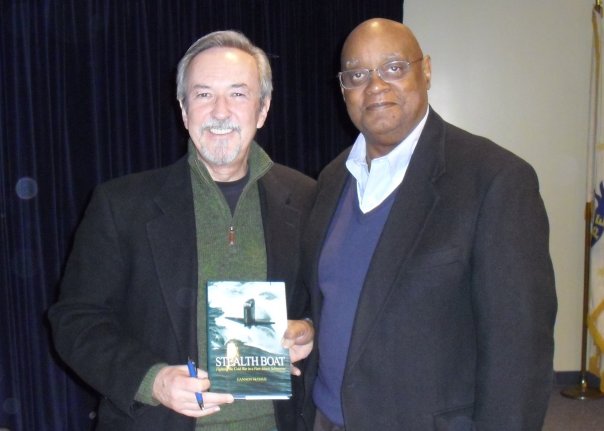FROM SEAMAN TO SAGE: U.S. Naval Institute - Naval History Magazine - February 2021
FROM SEAMAN TO SAGE
“Attention must be paid.”—Arthur Miller
That exhortation from playwright Arthur Miller’s masterwork, Death of a Salesman, is one of the most famous lines in the American theater, and it immediately came to mind when I learned that a naval officer of singular distinction, Commander William F. Bundy, USN (Ret.), a member of “The Centennial Seven,” had suddenly passed away on 15 December 2019. In that spirit, I headed north on a sunny December day a little over a year ago to attend a funeral with full military honors.
Driving from northern Manhattan to Rhode Island takes about four hours, plenty of time to retrace the extraordinary life of my USS Sturgeon (SSN-637) shipmate and friend, whose journey took him from the projects of West Baltimore at the height of the civil rights struggle of the 1960s to become one of the U.S. Navy’s foremost theoretical strategists. To understand the significance of the present, we must revisit the past.
I first met Will Bundy when he reported aboard the Sturgeon in early 1969, as we were preparing for a “northern run” deployment. As the boat’s yeoman, I was one of the first people Will met when he reported. Besides his formidable physical presence, there was something about him that set him apart. He was quiet, confident and a lot more measured in manner than the rest of the crew. He immediately disappeared into the sonar shack as we went north on an incredibly successful deployment that led to several individual crew commendations, a Meritorious Unit Commendation, and a Legion of Merit for the captain. At the end of the year, I was transferred to the USS Dogfish (SS-350). Seven months later, I was out of the Navy and lost track of many of my shipmates, including Will.
Almost four decades later, when the Naval Institute Press published my book Stealth Boat: Fighting the Cold War in a Fast Attack Submarine, a memoir of life on board the Sturgeon in the late 1960s, several old shipmates reappeared out of the mist, and Will was one of them. At first, I could not “put a face to the name,” but when I saw a photograph of him in the crew’s mess my immediate response was, “Oh yeah, I remember that guy!” I was delighted that he had reached out, and we agreed to stay in touch.
In January 2010, the library in my hometown of Pawtucket, Rhode Island, asked me to do a reading from my book to announce they were placing it in the stacks. The event was listed on public bulletin boards statewide. Will saw the listing and sent me a note saying, “I’ll be there.” I had just begun my remarks when the back door to the room opened—and in walked a man I had not seen in 40 years.
I interrupted my planned speech to say, “And there is my shipmate, Will Bundy.” Even though we had both changed over the years, it was if we were back on board the Sturgeon. As Will approached at the end of the presentation, he was somewhat ambushed by my cousin Kelly Murray, a state employee, who was in attendance. “Hi, Mr. Bundy! Do you remember me?”
Will’s response stopped me in my tracks, “Of course, Kelly . . . how are you?” When I asked Kelly how she knew Will, she said she had worked for him when he was the director of transportation for the state. I stood, stunned, trying to imagine how my former sonarman shipmate, who was not from Rhode Island, had become the director of the Department of Transportation! Suddenly, a man from my past was very much part of my present. Will told me he was living in Bristol and working at the Naval War College in Newport. We exchanged business cards and promised to stay in touch.

In December of that year, I organized an informal gathering of old Sturgeon shipmates who lived in the Groton area, and I invited Will. Informally called “Lunch with the Captain,” we met at the Subvets Clubhouse on School Street in Groton on a Saturday afternoon—a casual gathering of old shipmates recalling humorous anecdotes and celebrating memories of service on board one of the best boats of that time, with one of the best captains of that time. Present were the Chief of the Boat, the Yeoman, the Head Steward, an A-ganger, a Sonarman, a couple of “nucs” from the Electrical Division, and our Commanding Officer, Captain William L. "Bo" Bohannan.



No comments:
Post a Comment